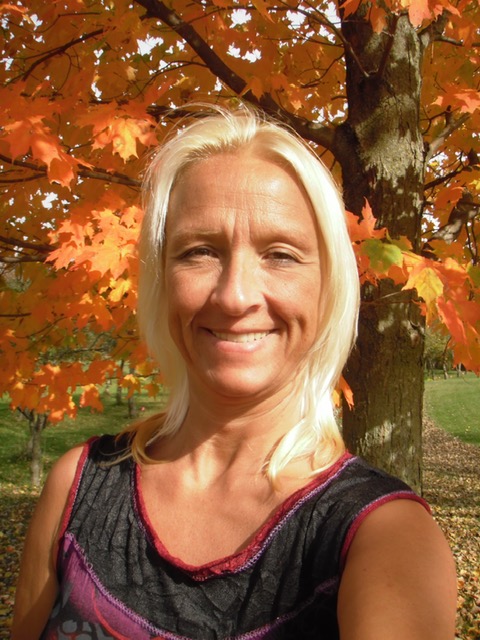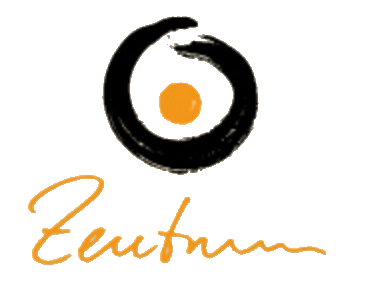19.-22. April 2025
am Annahof in Niederwürzbach

Jane Eliza Stark, MS, D.O.M.P.
Learn how WGS managed patients following the Great Pandemic of 1918 and how that approach is still applicable today.
During William Garner Sutherland’s first 30 years in practice, he employed a variety of direct techniques. Some were developed based on his personal observations of patients experiencing lingering symptoms of the 1918 Influenza pandemic. He theorized that their symptoms were caused by a tissue tension problem, which he dubbed “anterior tensity.” He reasoned that increased tension impeded fluid flow. His mechanically-based approach—the subject of this workshop—was aimed at restoring optimal venous and lymphatic drainage.
This workshop brings William Garner Sutherland and his pre-cranial ideas to life. Following the presentation of a colourful biographical sketch of Sutherland, an explanation of the physiological consequences of influenza and pneumonia is offered. Then, Sutherland’s observation of “anterior tensity” is explained. Thirty of Sutherland’s rarely taught techniques for remedying this abnormal tension and its far-reaching effects are demonstrated and practiced. Among the regions of his focus are the thorax (spine, ribs, and diaphragm); pelvis (bony and visceral); neck (bony and visceral); lumbar area (mainly muscular); and shoulder girdle (scapula and clavicle). Of great importance will be an explanation of how Sutherland traced anterior tensity into the cranium.
Once the bodily anterior tensity was lessened, Sutherland turned his attention to the cranium. In this area, his brilliance as an osteopath is evident. In his view, cranial inertia (not caused by trauma) resulted from the cranium’s excessive expansion. This expansion caused tension of the membranes, ultimately leading to fluid stasis. The reason for this association will be explained in the workshop. This pre-PRM cranial techniques are based purely on mechanics and are directed towards venous drainage.
Sutherland’s techniques are simple in application yet powerful in results. Ideas on how to employ his approach in current-day practice will be the shared
BIOGRAPHY:
JANE ELIZA STARK, MS, D.O.M.P.
Jane holds an undergraduate degree from the University of Guelph in Biology (1980) and a Master’s degree from Walden University in Clinical Research Administration (2014). She also holds diplomas from Sheridan College in Sports Injury Management (1990), the College D’études Superior in Somatotheraphy (2001), and the Canadian College of Osteopathy, in Osteopathy (2003). Atman College in Sophia France bestowed the honorary degree of Honoris Causa to Jane in 2008. She is a EVOST fellow from Group E.
Jane has been practicing as a certified Athletic Therapist since 1991, and as an Osteopathic Manual Practitioner since 2003. She currently serves on the faculty of three osteopathic colleges, the Japanese Traditional Osteopathic College in Kobe Japan, the Canadian College of Osteopathy with campuses in Toronto and Winnipeg and the Collège d’Études Ostéopathiques with campuses in Vancouver and Halifax. She has been the director of research at the Canadian College of Osteopathy since 2007.
Jane is the author of Still’s Fascia, a book about the A.T. Still’s views on fascia and much more. In 2020 she published Journeyman, a biography about the early life of William Garner Sutherland. Jane is recognized internationally as an osteopathic historiographer, author, and workshop leader on the fluidic approach to treating connective tissue; the original techniques of William Garner Sutherland: lumbar spine disc injuries and rehab: upper and lower extremity injuries and rehab; sports injuries and osteopathic approaches; and osteopathic history. To date, Jane has lectured or taught in 12 countries.
Zur Anmeldung benutzen Sie bitte das unten stehende Kontaktformular.
